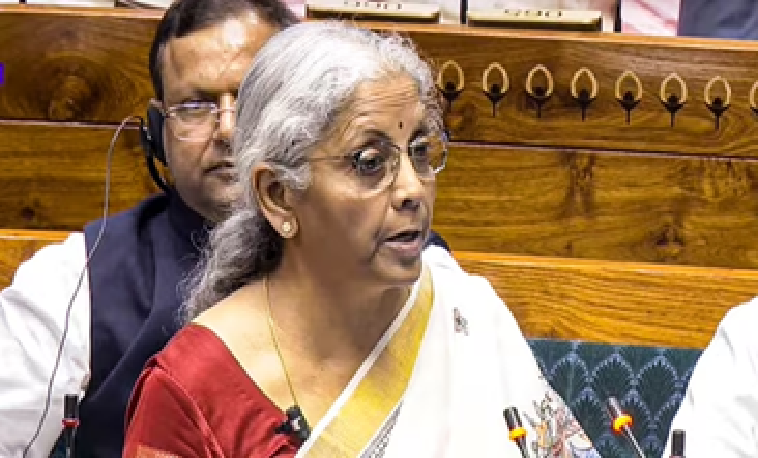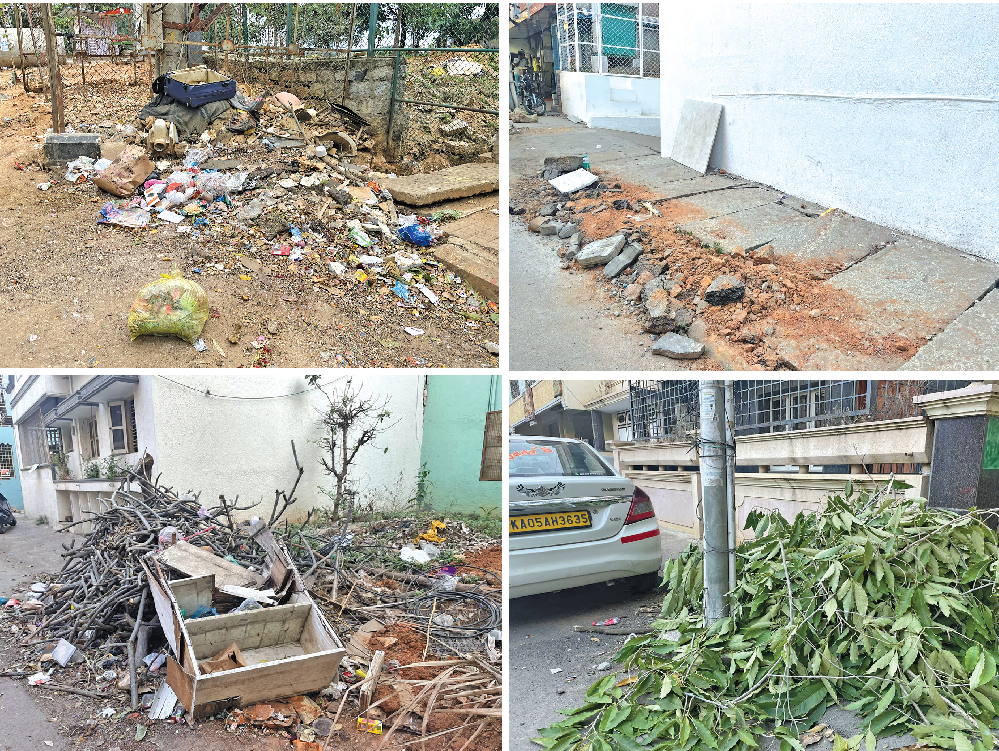
Veg vendors battle spiralling prices to stay afloat
Leah Valentina D’souza | NT
Bengaluru: Vegetable vendors in Karnataka are faced with myriad challenges due to rising vegetable prices caused by scanty rains that have impacted productivity in recent weeks, affecting their livelihoods. For the last two months, vendors have been faced with rising prices when purchasing vegetables, affecting the viability of their businesses.
"Onion prices have gone up over the past month. There is less rain in Tamil Nadu, and that has resulted in less produce, which is why the prices have been increased. The market I buy my produce from was gravely impacted by the heavy rains in Bengaluru, which resulted in the vegetables getting damaged," says Muthu, a vendor in Ejipura.
"We are buying garlic for 140 rupees per kg whereas earlier it was 40 rupees per kg. Potato prices have also increased, and even though we are paying more for them, we are receiving poorquality items. We hardly get two or three rupees in profit on what we are selling," said another seller.
Customers have reevaluated their purchasing habits and reduced their purchases of particular types of vegetables as costs have risen. Reduced demand has resulted in a drop in sales for suppliers, putting further strain on their already stretched finances.
"Customers who used to buy 1 kg are now buying 1/2 kg due to the price surge. Earlier, the beans prices were 20 or 30 rupees per kg, and now we have to sell them for 120 rupees per kg. We buy the beans in the market for 100 rupees and sell them to the customers for 120 rupees per kg, but now we are hesitant to price them at 110 rupees per kg because of the fear that no one will buy them," says Rashmi, a vegetable seller in Neelasandra.
"We don’t know how to pay the bills or take care of our families. Rent is another problem for us with this decline in business; I don't know what alternative business to take up since I've been doing this for over 10 years now," laments Rekha.
Vendors face challenges like dwindling profit margins, supply chain disruptions, and customer demand uncertainties. Collaboration between vendors, government bodies, and agricultural stakeholders is crucial to navigate these challenges and ensure the continuity of the vital vegetable supply chain.
 English daily published in Bengaluru & Doha
English daily published in Bengaluru & Doha






